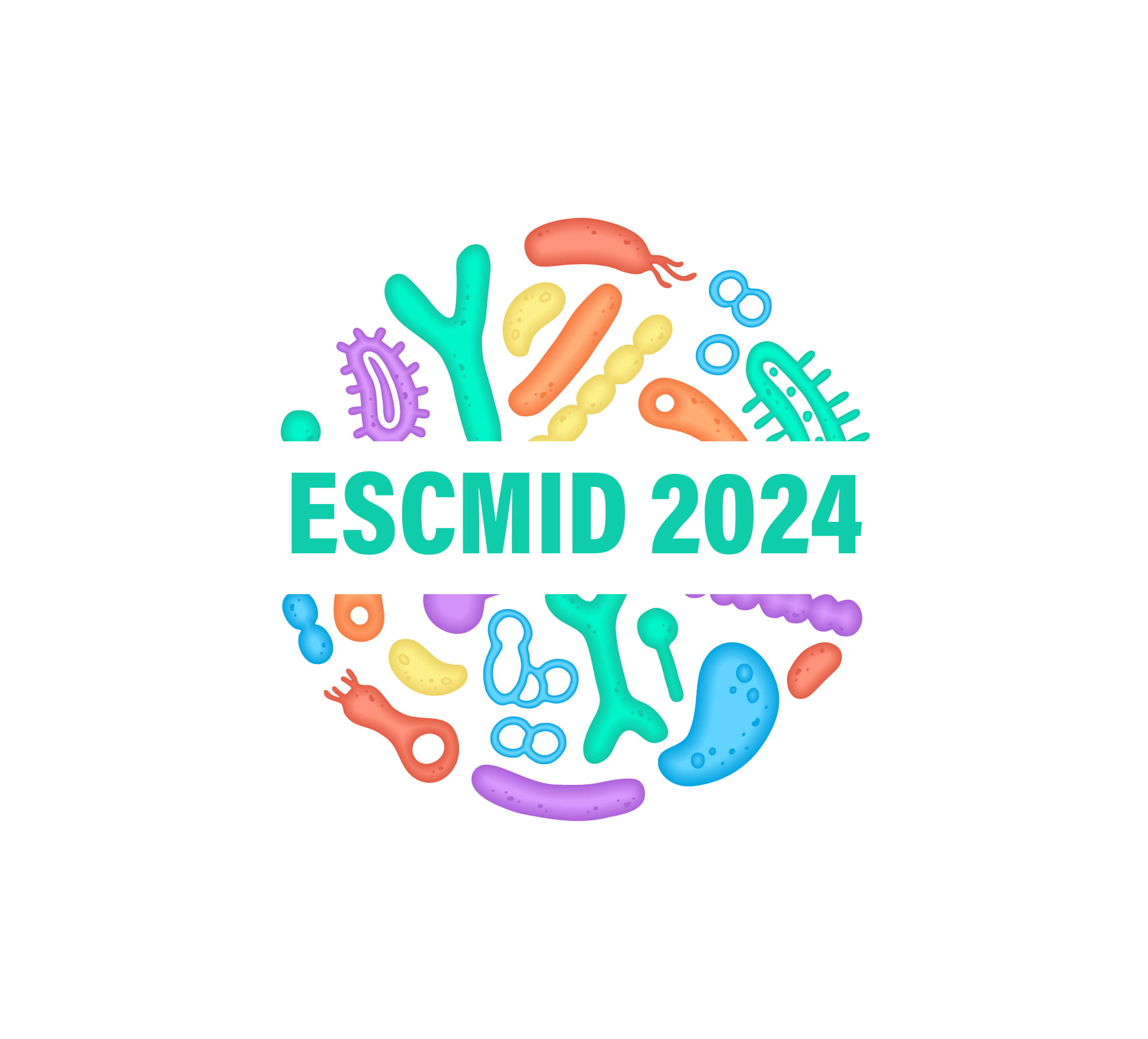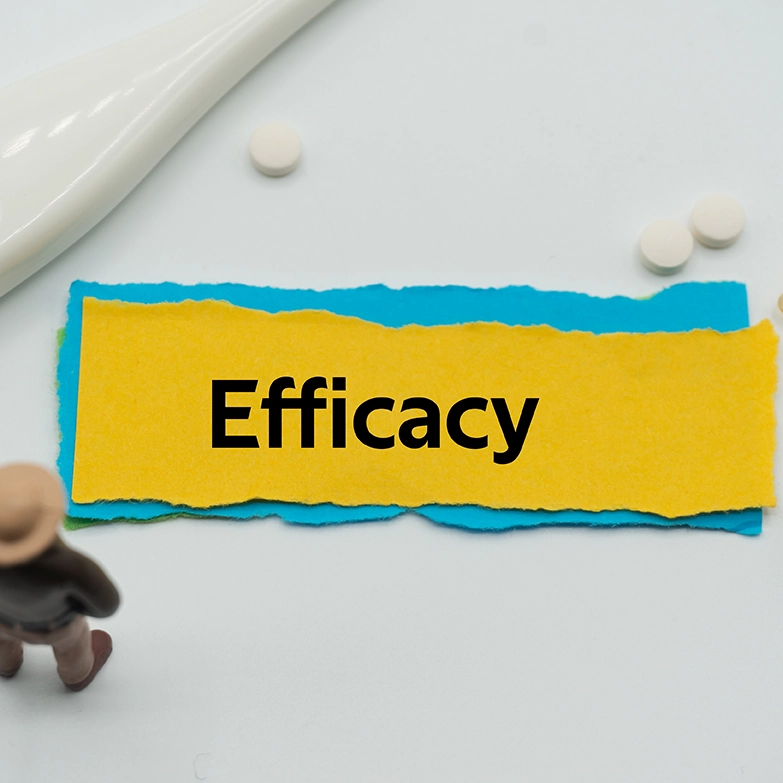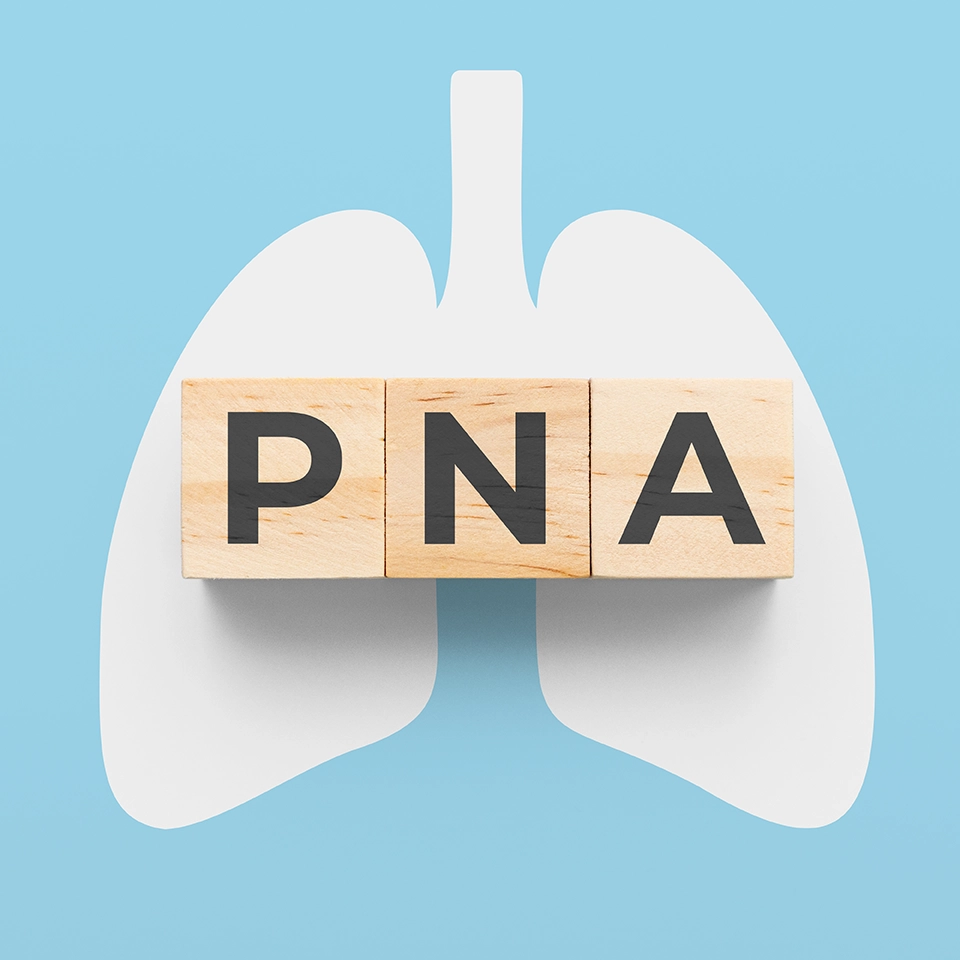ECCMID 2023: Exploring What's New on Recent Antibiotics with Activity Against MDR Bacteria
A review of antibiotics with recent pediatric indication
Four new antibiotics that are fantastic for treating complex infections caused by multi-resistant bacteria in pediatric hospitals are discussed. These four antibiotics include dalbavancin, ceftobiprole, ceftolozane-tazobactam, and ceftazidime-avibactam.
Dalbavancin (DAL) is a highly effective next-generation bacterial lipoglycopeptide drug that targets most gram-positive bacteria, including methicillin-resistant Staphylococcus aureus (MRSA), Streptococci, and Enterococci (excluding vancomycin-resistant strains). It is 16 times more effective against MRSA than vancomycin and linezolid. A clinical trial showed that DAL has positive results in treating cellulitis, major abscesses, traumatic bone, and surgical site infections caused by S. aureus, MRSA, and Streptococcus pyogenes. A phase three trial tested DAL in children with acute bacterial skin and skin structure infections (ABSSSI) and found that the treatment resulted in over 96% clinical cure and a similar response rate at 48-72 hours, regardless of the pathogen causing the infection, including MRSA.The European Commission (EC) has approved DAL for single-dose treatment of ABSSSI in children aged three months or older, eliminating the need for a second dose. Children with trauma and undergoing limb lengthening surgery are still susceptible to ABSSSI, and DAL could be effective in treating this group of patients.
Ceftobiprole (CFB) is a fifth-generation cephalosporin with broad-spectrum antibacterial activity. It is effective against MRSA, Moraxella, Haemophilus, penicillin-resistant Pneumococci, non-AmpC and non-carbapenemases producing enterobacterales, and pseudomonas. A phase 3 trial compared CFB with a standard-of-care cephalosporin, with or without vancomycin, for treating pneumonia in pediatric patients. There were more adverse events in the CFB group, but they were not severe and did not require discontinuation. Clinical response was good in both groups, with a slightly higher response in the comparison group. CFB is approved for use in adults, neonates, infants, and children for hospital-acquired pneumonia, excluding ventilator-acquired pneumonia (VAP) and community-acquired pneumonia (CAP). The dosing includes 2mg/ml for adolescents and adults and 4mg/ml for younger pediatric patients. A trial comparing ceftriaxone with cephalosporin found that cephalosporin was more effective in MSSA pneumonia cases and suggested exercising caution when administering ceftriaxone to young children or children with confirmed S. pneumonia. CFB is not usually required for CAP in children but may be necessary for severe bacterial pneumonia, S. aureus pneumonia, or necrotizing pneumonia without a diagnosis. It could be used for HAP, especially in children with confirmed S. aureus pneumonia.
Ceftolozane is a novel fifth-generation antibiotic with increased activity against P. aeruginosa. It has decreased affinity for Ambler Class C. Tazobactum does not inhibit Ambler Class A, B, or D carbapenemases, making ceftolozane-tazobactam (C/T) ineffective against carbapenemases-producing CRE. Trials have shown that C/T is more effective than Levofloxacin in treating complicated urinary tract infections (UTIs) and is not inferior to Meropenem (MEM) in treating complicated intra-abdominal infections (IAIs) in adults. A recent study found that C/T is safe and comparable to MEM in terms of adverse events and treatment discontinuation in children. Ceftolozane has been approved for treating complicated IAIs, acute pyelonephritis, and complicated UTIs in adults and pediatric patients. It is recommended in patients with specific infections caused by MDR P. aeruginosa, particularly those that are difficult to treat.
Ceftazidime-avibactam (CAZ-AVI) is a third-generation parenteral cephalosporin with a broader spectrum of activity against gram-negative bacteria, including P. aeruginosa. It contains a novel beta-lactamase inhibitor, AVI, that has been shown to have better efficacy. A trial in adults showed that CAZ-AVI had high efficacy for complicated UTIs and IAIs, with a success rate of over 95% compared to MEM. Another study of about 100 children showed that the efficacy of CAZ-AVI was high in complicated UTIs compared to cefepime and when combined with metronidazole in treating complicated IAIs compared to MEM. Ceftazidime is approved for children over 3 months old and is effective in treating complicated IAIs and pyelonephritis. The recommended dosage depends on the child's age, ranging from 40-50mg/kg. It is useful for treating UTIs caused by carbapenem-resistant bacteria and can be combined with aztreonam as a last-resort option when no other alternatives are available.
Novelties in PK/PD for Long-acting Glycopeptides
Long-acting glycopeptides (LAG) are important drugs in clinical practice. Experimental animal models are used to determine if these agents are concentration-dependent or time-dependent. The pharmacodynamic determinants may include free drug 24h AUC to MIC ratio, peak to MIC ratio, or time>MIC. Early studies showed that LAG are concentration-dependent agents, and their activity is related to the free AUC to MIC ratio.
A 2015 study found that dalbavancin's activity is not affected by glycopeptide resistance in S. aureus infections and a specific neutropenic murine thigh infection model. The study showed that regardless of the genotype or phenotype of S. aureus, achieving a 2-log kill requires an AUC to MIC ratio of around 111.12, but these are experimental animal model data. The minimum level of free AUC24h required to achieve the best pharmacodynamic results of DAL against S. aureus, considering two different MIC thresholds: MIC90 of S. aureus and the EUCAST clinical breakpoint for DAL susceptibility. It was found that dalbavancin's extended elimination life may make it a suitable treatment option for chronic or subcutaneous S. aureus infections.
The study investigated the effectiveness of DAL for patients with different types of infections and renal function. Patients were treated with either 1000mg or 1500mg of DAL, with some receiving an additional dose if needed. The study found that two doses of 1500mg of DAL given one week apart were effective for treating subacute and chronic staphylococcal infections in patients with normal renal function and for up to 3-6 weeks in patients with varying degrees of renal dysfunction. Therapeutic drug monitoring within 3-5 weeks is important for assessing drug exposure and interpreting results to properly manage the duration of treatment.
The study investigated the effectiveness of two doses of 1,500 mg DAL given one week apart in 70 patients with staphylococcal osteoarticular infections. Results showed that DAL is a potent antibiotic with valuable pharmacodynamics against various resistant Staphylococci phenotypes. It has excellent tissue distribution and an extended elimination half-life, allowing for administering two doses one week apart. However, the optimal dosing regimen for treatment durations exceeding 14 days is not yet established, and TDM may be helpful in addressing this issue.
Update on the current situation of ESBL infections
The prevalence of colonization and infection can vary (12-65%) greatly depending on the country and hospital ward. Factors associated with the carriage of ESBL producer bacteria include a history of antibiotic use, duration of hospital stay, nursing home residency, receiving parental nutrition, and previous hospital admission. The prevalence of ESBL E. coli is increasing linearly in the community, but has stabilized at 25% in the healthcare setting. The emergence of the CTX-M enzyme in E. coli has been the main driver of ESBL worldwide, with the CTX-M-15 variant being the most dominant. A particular E. coli strain, ST131, is responsible for the spread of CTX-M-15 in both community and healthcare settings, causing urinary tract infections. The human isolates have more resistance genes for antimicrobials commonly used in humans, while avian isolates have more resistance genes for antimicrobials used in veterinary medicine. This suggests that the resistance determinant content is due to the selection pressure from the use of antimicrobials. Various diagnostic techniques are utilized for detecting ESBL producer bacteria, which are known to be resistant to many antibiotics. Classical diagnostic methods include the antibiogram and the double-disc synergy test, which take up to two days for results. Newer rapid detection tools like the β-LACTA test, ESBL and NDP test, MALDI, and immunochromatographic assay have been developed. Molecular biology techniques like PCR and sequencing can also be used for detection, and these tests can work on colonies, positive blood cultures, and other clinical samples.
In the early 2000s, treating bloodstream infections caused by ESBL bacteria was a major concern due to high mortality rates with inadequate therapy, especially fluoroquinolones. Carbapenems (CBN) had lower mortality rates. The EUCAST breakpoints system no longer requires screening for ESBL production in Enterobacteriaceae, and some ESBL producers with lower MIC values may be reported as susceptible to certain antibiotics, reducing the overuse of CBN. However, clinicians may still be hesitant to use these antibiotics for serious infections caused by ESBL producers. The role of CBN in the setting of ESBL is still debated, and new drugs targeting ESBL and other multi-drug-resistant bacteria are coming to market. The focus should be on a carbapenem-sparing strategy, and clinicians should consider target therapy instead of empiric treatment.The combination of cefepime, a fourth-generation cephalosporin, and enmetazobactam (EZM), a novel penicillanic acid sulfone beta-lactamase (BL) inhibitor, is a promising carbapenem-sparing strategy for treating infections caused by ESBL and AmpC Enterobacterales and P aeruginosa. The combination of cefepime/ EZM did not lead to a clinical cure, but it was better at eliminating the infection-causing pathogen from the urine. The FDA suggests Clinical and microbiological success was defined as the resolution of symptoms without new ones and a reduction in pathogen density on urine culture. Bacterial resistance mechanisms are constantly evolving, so it's important to consider local factors when selecting antibiotics. The BL/BLls family is growing, and selecting the best one for ESBL infections is important, while considering a carba-sparing approach. Saving antibiotics effective against carbapenem-resistant infections like KPC, NDM, and VIM is crucial.
European Congress of Clinical Microbiology and Infectious Diseases (ECCMID) 2023, 15-18 April 2023, Copenhagen, Denmark




